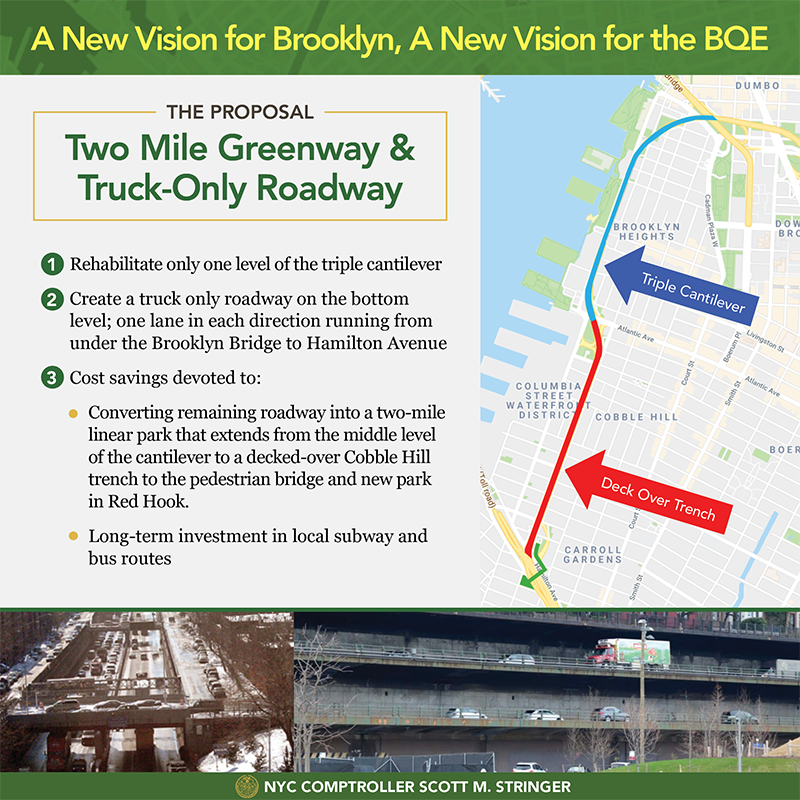Officer Shot And Wounded 17-Year-Old Driver
Bronx District Attorney Darcel D. Clark today announced that four people—including two
17-year-old girls—have been indicted on charges related to carjackings in three boroughs that left
victims injured; one of the four was also indicted for assaulting an NYPD Police Officer using a
stolen vehicle, which led to the officer shooting that defendant in a chaotic scene on a busy street.
District Attorney Clark said, “The defendants allegedly went on a robbery and carjacking
spree in Brooklyn, Manhattan and the Bronx. In two of the six incidents, the defendants allegedly
assaulted the car owners. In another, they allegedly tried to run over the victim. They drove a
stolen car to a Bronx courthouse, where one defendant allegedly pinned an NYPD Police Officer
with the vehicle when the officer approached. Such violent, reckless behavior will not be tolerated
in the Bronx or anywhere in this city.”
District Attorney Clark said two of the defendants, Rusheka Willis, 17, and Veantay Henry,
17, both of the Bronx, were arraigned today on an indictment charging 64 counts, including
Attempted Murder, Robbery, Criminal Possession of Stolen Property, Grand Larceny, Stolen
Vehicles, Assault, Criminal Negligence, Reckless Endangerment, Reckless Driving, and
Conspiracy, before Bronx Supreme Court Justice George Villegas. The two other defendants,
Emanuel Thomas, 22, and Mariama Kande, 18, were arraigned on March 12, 2019. Bail was set
at $10,000 for Henry, $10,000 for Willis, $25,000 for Thomas and $50,000 for Kande. The
defendants are due back in court on June 12, 2019.
According to the investigation, on or about January 20, 2019, in the Bronx, Henry allegedly
stole a 2013 Toyota Corolla, luring the victim out of her car by claiming that one of the tires was
flat, then jumping into the driver’s seat. As the victim fled, Henry allegedly attempted to run her
over, driving the stolen car onto the sidewalk.
On February 1, 2019, Henry allegedly stole a 2003 Hyundai Santa Fe from a man in the
Bronx.
On February 3, 2019, Willis, Henry, Thomas and Kande abandoned the stolen Santa Fe
they were traveling in. They then carjacked a 2006 Honda Accord from a man in the Bronx,
physically assaulting the victim and threatening him with a knife. The defendants also stole the
victim’s cell phone and credit card.
The defendants then drove the Accord to Manhattan, where the defendants physically
assaulted a woman on a sidewalk, and stole an iPhone from her.
They then went to Brooklyn, where they robbed one woman of her handbag, then crashed
the Accord. On foot, they stole a handbag from a parked car, and then carjacked a woman, taking
her 2011 Hyundai Sonata and driving it back to the Bronx.
According to the investigation, on the morning of February 4, 2019 at the intersection of
East 162nd Street and Sheridan Avenue, Henry double-parked the stolen Sonata in front of Family
Court. Henry and Willis went inside Family Court, and then left the courthouse after
approximately 30 minutes.
While the defendants were inside the courthouse, Anti-Crime Officers on routine patrol
received an alert from their License Plate Readers that the Sonata outside Family Court had been
reported stolen in Brooklyn. The Officers then asked for a uniform patrol so they could box the
vehicle in and check the car. Police Officers of the 44th Precinct responded and waited until the
defendants entered the vehicle. The Officers could not box in the car because a cab was in the
way, so Police Officer Vanessa Rodriguez approached the vehicle on foot. Henry, who was in the
driver’s seat, put the car in reverse and pinned Rodriguez between the stolen vehicle and a parked
Toyota Camry. Rodriguez fired three shots into the stolen car, striking Henry. The Officer was
taken to the hospital for treatment.
District Attorney Clark also thanked NYPD Detective Franco Johnson of the Bronx
Robbery Squad for his work in the investigation. District Attorney Clark thanked Detectives of
the 44th, 47th, and 41st Precincts in the Bronx, of the 61st precinct in Brooklyn, and of the 13th
Precinct in Manhattan, as well as Detective Devin Long of the Force Investigations Division, and
Detective Matthew Steiner of the Crime Scene Unit.
An indictment is an accusatory instrument and not proof of a defendant’s guilt.
Defendants:
Veantay Henry, 17, 822 East 230th St., Bronx
Rusheka Willis, 17, 1141 East 229th St., Bronx
Emanuel Thomas, 22, 1717 Garfield St., Bronx
Mariama Kande, 18, 699 East 139th St., Bronx
Charges:
Attempted Murder In The Second Degree
Attempted Assault In The First Degree
Robbery In The Second Degree
Robbery In The Third Degree
Criminal Possession Of Stolen Property In The Third Degree
Grand Larceny In The Third Degree
Criminal Possession Of Stolen Property In The Fourth Degree
Grand Larceny In The Fourth Degree
Stolen Vehicles
Reckless Endangerment In The Second Degree
Robbery In The First Degree
Robbery In The Second Degree
Assault In The Second Degree
Assault In The Third Degree
Assault In The Third Degree
Reckless Driving
Conspiracy In The Fourth Degree
Conspiracy In The Fifth Degree





